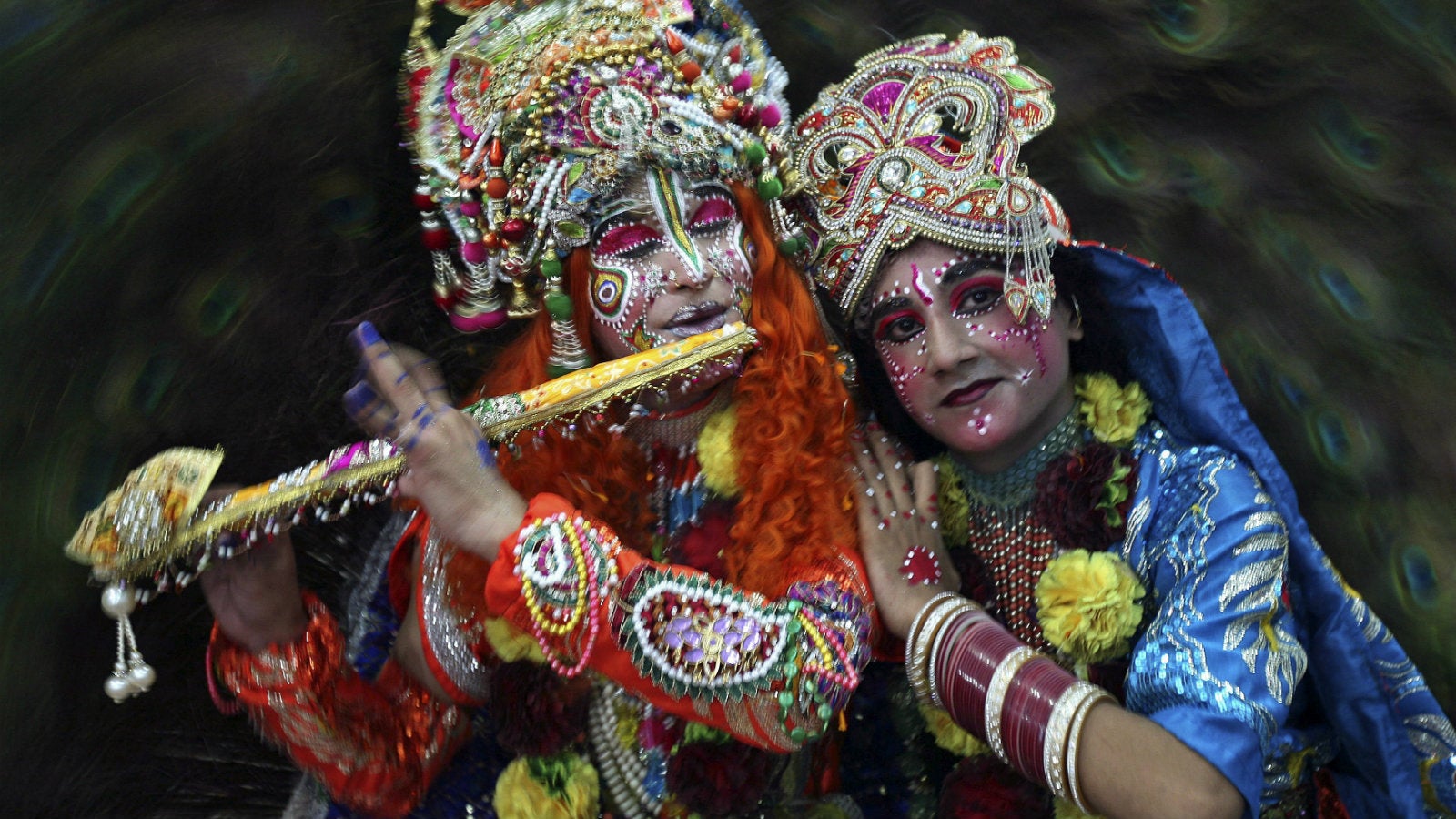From Hindu gods to Catholic saints, Indians worship the fair and lovely
A Catholic priest has blown the lid off a long-held, but barely mentioned, religious bias over skin colour among Indians.


A Catholic priest has blown the lid off a long-held, but barely mentioned, religious bias over skin colour among Indians.
People in this country are obsessed with a fair complexion.
India’s skin-whitening cream industry, which promises to render pretty much every body part a shade lighter, is a Rs3,000-crore behemoth. It peddles the promise of success and happiness to fairer people—so much so that, last week, some parliamentarians wanted such creams banned for their “misleading claims.”
In most Indian movies, a fair complexion is the ultimate ticket to a successful love life. But something else about lighter skin—its closeness to divinity—has been perniciously suggested to believers.
Father Jijo Kurian from the southern Indian state of Kerala exposed that practice on July 28.
In a Facebook post written in Kerala’s native language, Malayalam, Kurian pointed out that the popular image of St. Alphonsa, the first Catholic saint of Indian origin, is a world away from what she looked like in real life.
“According to the norms of sainthood, she has to look fair and beautiful. But here is how she actually looked in history and how she has been popularly imagined,” Kurian says alongside a rare original black-and-white photograph of St Alphonsa and a calender-art picture of the same person.
“It’s not easy to separate myth from history because human history itself is a creation. That is why it is hard to find the real image of St. Alphonsa who lived among us just 70 years ago,” Kurian, from Kulamavu in Kerala’s Idukki district, broadly says in the post put up on the late nun’s 70th death anniversary.
St. Alphonsa, born Anna Muttathupadathu, made history when she was canonized by the Catholic church in 2008. Born in Changanacherry, a small town in Kerala, in 1910, a young Anna is said to have been so determined to join the church that she even disfigured herself to avoid getting married.
It’s ironic then that her widely-publicized image conforms to western standards of beauty—the result, Kurian says, of years of colonial and western influences that have convinced believers that saints should look beautiful.
Beautiful gods
Christianity has long been criticized for “whitewashing” key religious figures. Jesus Christ, for instance, is often presented as blue-eyed and white-skinned, though scholars think otherwise considering his native region.
Hinduism is no different. Gods and goddesses such as Lakshmi, Ganesh, and Karthikeya are often depicted as light-skinned and doe-eyed, with arching eyebrows, in contrast to the dark or brown-skinned demons they vanquish. Two of the most popular Hindu deities, Krishna—whose very name means “black”—and Rama are usually shown as blue-skinned, never dark or black.
According to author and mythologist Devdutt Pattanaik, this is a reflection of the nationwide disdain for dark skin, one that is echoed around the world.
“Black is (the) darkness that we fear, which we conquer with fire/light,” Pattanaik said in an email.
This attitude often has frustrating real-world consequences, with dark-skinned Indians and foreigners frequently facing snide remarks. Sometimes, even political leaders’ comments on dark-skinned fellow Indians betray their ugly sides. On several occasions, nationals of African countries have even been subjected to violent attacks in various parts of India.
Indeed, for many Indians, dark-skinned people are the children of lesser gods.